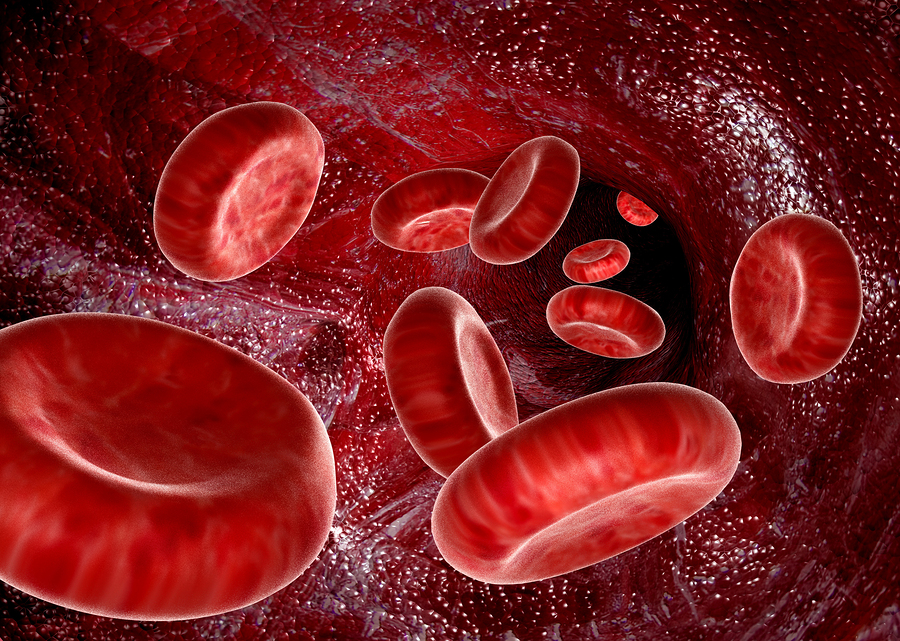An individual blood cell takes about 60 seconds to make a complete circuit of the body

An Individual Blood Cell Takes About 60 Seconds to Make a Complete Circuit of the Body

Did you know that an individual blood cell takes approximately 60 seconds to make a complete circuit of the body? It’s mind-boggling to think about the intricate pathways our blood cells travel within our bodies. This fascinating fact highlights the efficiency and complexity of our circulatory system.
Our circulatory system consists of the heart, blood vessels, and blood. It plays a crucial role in transporting oxygen, nutrients, hormones, and other vital substances to every part of our body. Blood cells, specifically red blood cells, are responsible for the delivery of oxygen throughout the body.

Red blood cells, also known as erythrocytes, are tiny, disc-shaped cells that contain a protein called hemoglobin. Hemoglobin binds to oxygen in the lungs and releases it to tissues throughout the body. These remarkable cells make up about 40-45% of the total blood volume in adults.
To understand how a blood cell completes a circuit of the body in 60 seconds, we need to comprehend the mechanics of our circulatory system. As the heart pumps, it creates pressure that propels blood through a network of blood vessels. Arteries carry oxygenated blood away from the heart towards various organs and tissues, while veins bring deoxygenated blood back to the heart.
The journey of a blood cell begins in the left ventricle of the heart, where it is pumped into the aorta, the largest artery in the body. From the aorta, the blood cell enters smaller arteries, eventually reaching capillaries. Capillaries are incredibly narrow vessels that allow for the exchange of oxygen, nutrients, and waste products with surrounding tissues.
After delivering oxygen and nutrients, the blood cell continues its journey through a network of venules and veins. It eventually returns to the heart, entering the right atrium, where deoxygenated blood accumulates. From the right atrium, the blood cell moves into the right ventricle and is then pumped into the lungs to pick up a fresh supply of oxygen.
This intricate circulation process repeats itself continuously, enabling our bodies to function properly. The fact that an individual blood cell can complete this entire circuit in just 60 seconds emphasizes the incredible speed at which our circulatory system operates.
Understanding how our circulatory system works and the time it takes for a blood cell to complete its journey highlights the importance of maintaining a healthy lifestyle. Regular exercise, a balanced diet, and adequate hydration are essential for supporting optimal circulation and overall well-being. By taking care of ourselves, we can ensure that each blood cell has the best chance of performing its vital functions efficiently.
In conclusion, the fact that an individual blood cell takes about 60 seconds to make a complete circuit of the body showcases the remarkable efficiency and complexity of our circulatory system. This astonishing fact highlights the importance of a healthy lifestyle and serves as a reminder of the intricate processes happening within our bodies every single day.
Source: ZME Science
Share
Related Posts
Quick Links
Legal Stuff

